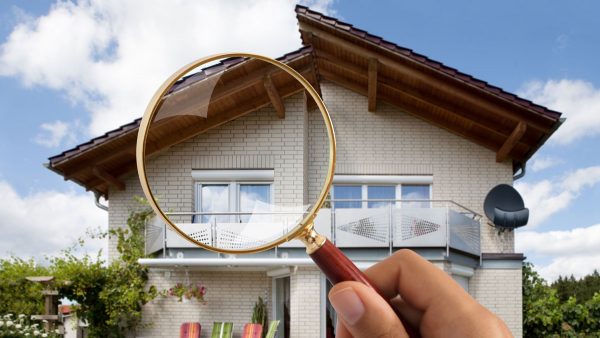Blog

Living in Oklahoma, severe weather is commonplace. But just because high winds and heavy rains happen often doesn’t mean you should ignore damage to your roof. After big storms it is more important than ever to make sure your home is prepared for the next one to come.
Here are some ways you can look for roof damage. While they’re not foolproof, they’re a good sign you should call in a trusted roofing professional.
Shingle damage
Probably the easiest issue to spot is missing shingles. If you take a walk out into your yard and look up, you should be able to tell if there are any shingles missing or any sections that look much darker than the others and are set a layer lower. If you need to use binoculars to get a closer look, that is even better.
As you look closer, you should be able to see if any edges have lifted up off of the roof. Sometimes the corners of shingles curl up as well. Look for dents and cracks in your roof as well.
Edges and flashing
The roof of a building is more than the shingles or metal sheet. A roof also has joints and edges covered in strips of metal, plastic, or other material called flashing that can be damaged by high winds, hail, debris, and heavy rain.
Consider examining your roof after a storm, then looking up a photo of edging and flashing online to make a visual comparison. If any materials are missing, pulled away from corners and edges, or look questionable in other ways, contact your trusted roofing professional to get a second opinion.
Commercial roofs
A flat commercial roof has risk of damage just like a residential roof. Signs of damage to look for here are similar to a residential roof. Damage to either type can allow water to leak in and show stains or create smells of rot and decay. The flat roof of a business will also use flashing around edges and corners to prevent leaks, so examine those closely.
Roofing material can become uneven on a flat roof. When it dips down, water can pool and eventually seep into the building. Some standing water is not cause for alarm. But standing water that remains after more than three days could be a bad sign.
Upper membrane materials can also balloon outward like a blister or bubble. This means air or water has become trapped between the membrane and the roof’s deck. That type of damage needs to be addressed.
If you are concerned about the status of your home or business’s roof or would simply like to know more about what Land Roofing can do for you, please contact us at 405-359-3951.

Let's Talk
Get in touch to get started on your roof today. We are happy to answer any of your questions. Feel free to schedule your free roof inspection as well.
